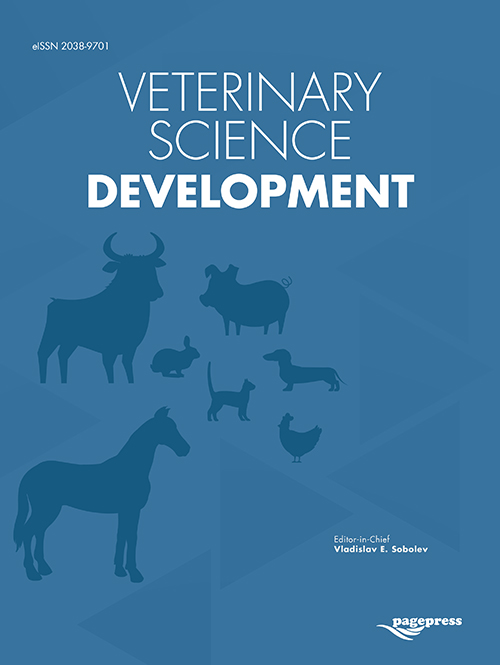Reviews
Vol. 5 No. 1 (2015)
Use of multi-locus sequencing typing as identification method for the food-borne pathogen Listeria monocytogenes: a review

Publisher's note
All claims expressed in this article are solely those of the authors and do not necessarily represent those of their affiliated organizations, or those of the publisher, the editors and the reviewers. Any product that may be evaluated in this article or claim that may be made by its manufacturer is not guaranteed or endorsed by the publisher.
All claims expressed in this article are solely those of the authors and do not necessarily represent those of their affiliated organizations, or those of the publisher, the editors and the reviewers. Any product that may be evaluated in this article or claim that may be made by its manufacturer is not guaranteed or endorsed by the publisher.
Received: 9 December 2014
Accepted: 30 December 2014
Accepted: 30 December 2014
2473
Views
688
Downloads
738
HTML






